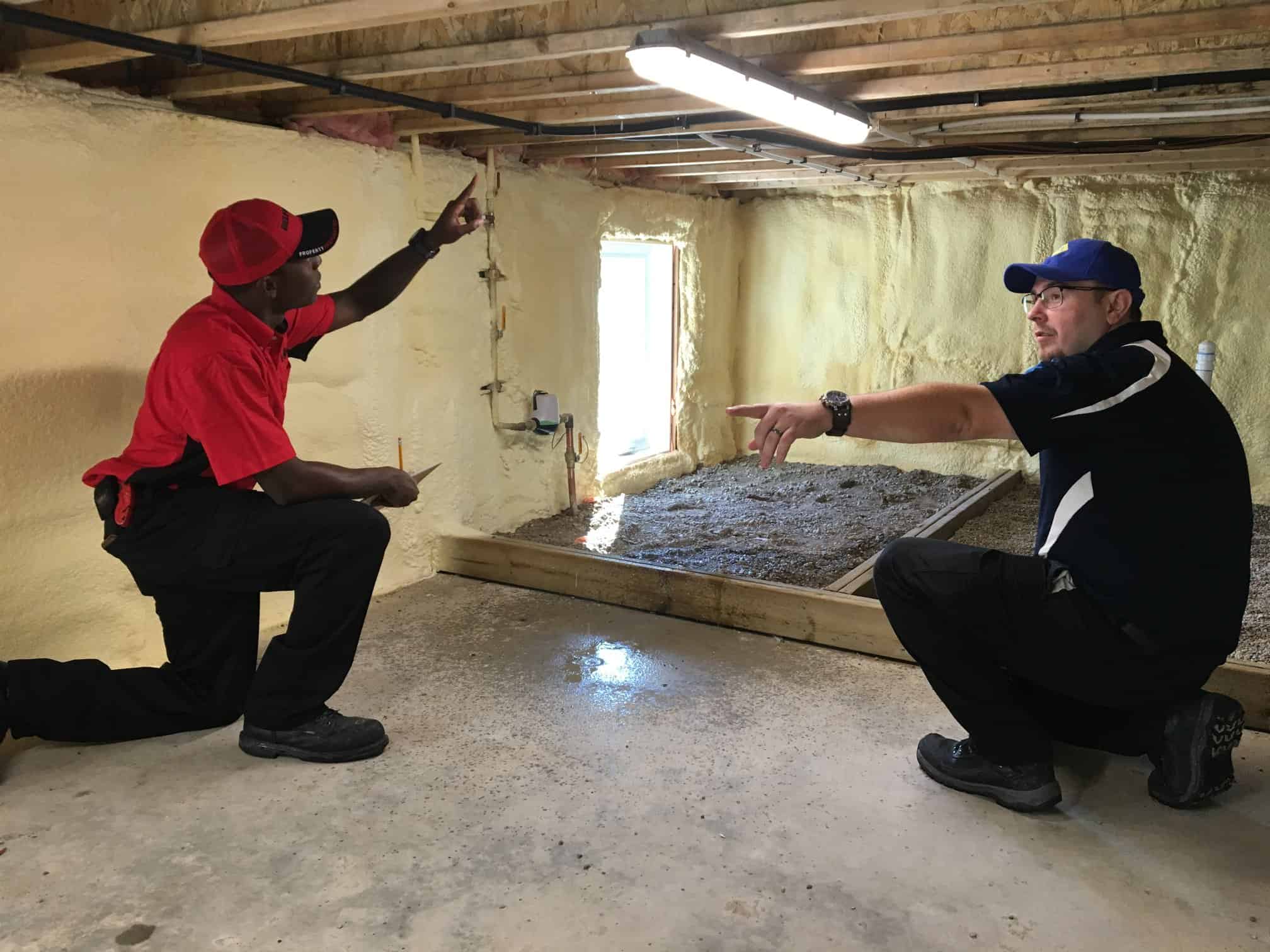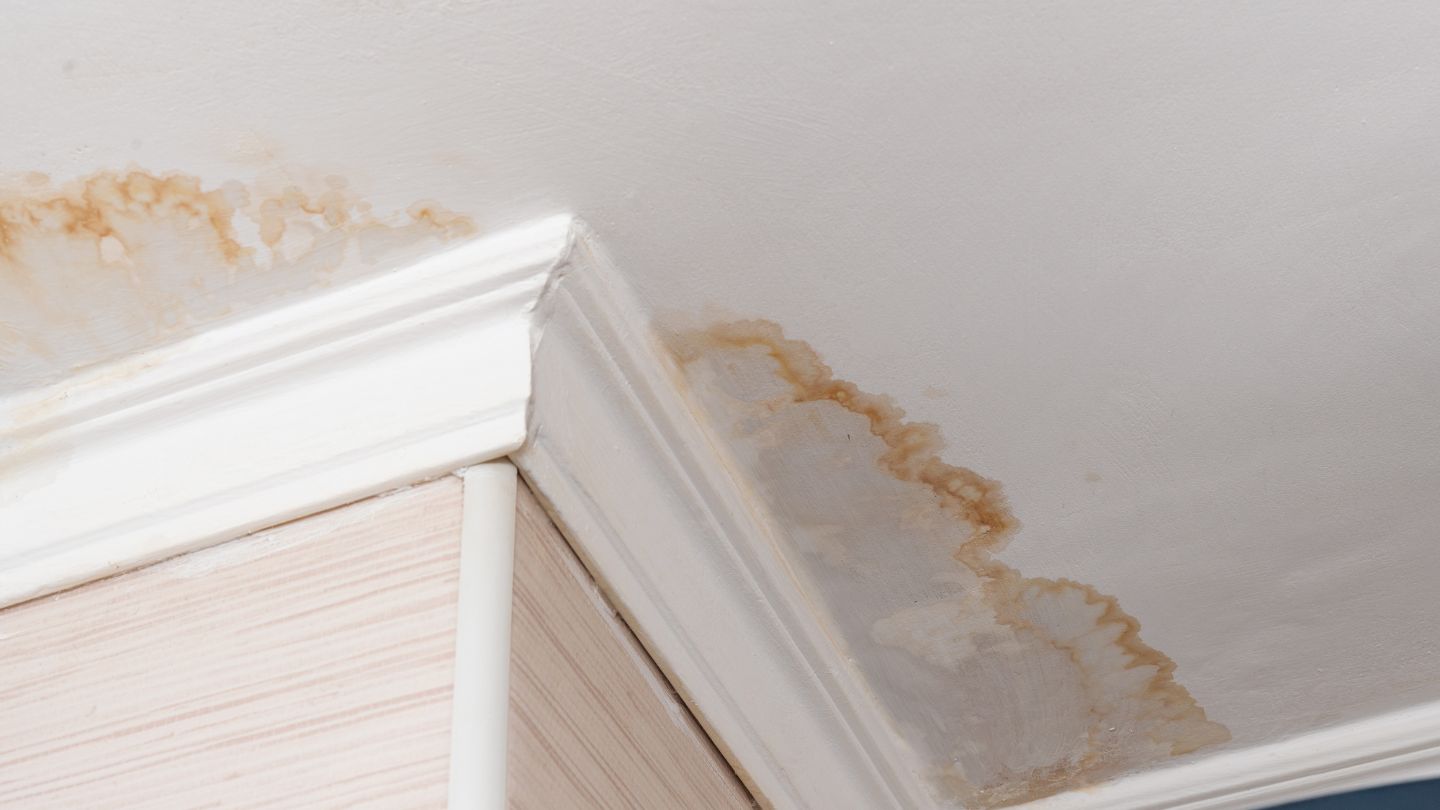Immediate Water Extraction Services to Prevent Structural Damage
Wiki Article
The Process of Water Damage Cleanup: Ensuring Your Home Is Recovered Efficiently
Water damages can be a complicated difficulty for homeowners, demanding a organized and precise cleaning procedure to restore security and performance. Originally, a comprehensive analysis is important to recognize the level of the damage and determine the ideal remediation measures. Following this, efficient water removal techniques play an essential duty in alleviating more harm. The subtleties of drying out, sanitizing, and ultimate reconstruction are just as necessary and commonly overlooked. Understanding these phases can make a considerable difference in the result of your home's repair, triggering a closer take a look at what each step entails.Analyzing the Damage
Upon uncovering water damage, the initial action is to thoroughly evaluate the level of the impact. This first analysis is vital, as it helps identify the needed actions for efficient cleanup and reconstruction. Begin by checking the influenced locations, including walls, ceilings, floors, and personal valuables, to identify the source of the water breach, whether from flooding, leakages, or condensation.Recording the damages is vital for both insurance coverage cases and planning repair efforts - damage restoration services. Use photographs and written notes to catch the severity of the damages, keeping in mind any kind of affected structural aspects and materials. Pay special interest to locations that may not be immediately noticeable, such as behind wall surfaces and under carpets, as hidden dampness can result in additional problems, consisting of mold growth
In addition, assess the timeline of the water direct exposure. Eventually, a comprehensive evaluation lays the foundation for an effective water damages clean-up process, making certain that all impacted areas are attended to properly and thoroughly.
Water Extraction Strategies

Professionals usually employ submersible pumps for larger volumes of water, which can quickly minimize flooding in cellars or other influenced areas. For smaller amounts, wet/dry vacuum cleaners are typically made use of to draw out residual dampness from rugs and hard surfaces. Additionally, utilizing mobile extractors permits for targeted elimination in restricted rooms or locations with delicate products.
In circumstances of contaminated water, such as sewage or floodwater, advanced removal techniques might include the usage of biohazard devices to guarantee security and conformity with health and wellness guidelines. High-powered extraction tools are crucial in decreasing water retention in architectural products, which can result in mold growth and architectural degeneration otherwise attended to without delay.
Inevitably, the efficiency of water removal strategies plays a critical role in the total success of the water damages cleaning procedure, preparing for subsequent remediation initiatives.
Drying and Dehumidification
As soon as standing water has been effectively removed, the next important stage in the water damage cleanup procedure is drying out and dehumidification. This step is important to stop additional damages and mold and mildew growth, which can occur within 24 to two days in damp atmospheres.To attain effective drying out, customized devices such as industrial-grade air moving companies and dehumidifiers is utilized. Air movers circulate air across wet surfaces, improving evaporation rates, while dehumidifiers decrease humidity levels in the air, advertising a conducive environment for drying. The combination of these devices guarantees that dampness is attracted out from walls, home furnishings, and floors, permitting them to dry extensively.
It is essential to keep an eye on the drying process carefully. Professionals usually utilize wetness meters to analyze the moisture web content in numerous products, ensuring that all impacted locations reach acceptable dryness degrees. This careful technique aids to stop surprise dampness pockets that could bring about structural damage or unhealthy mold and mildew development.

Cleaning and Sterilizing
After the drying out and dehumidification phase is complete, the next important action in water damages clean-up is cleansing and disinfecting the impacted locations. This process is vital to prevent the development of mold, bacteria, and various other pathogens that grow in wet settings.The cleansing stage usually includes removing any kind of debris, dust, and impurities from surface areas making use of specialized cleansing agents. For difficult surfaces, a combination of soap and water or business cleaning products is often used. Soft products, such as furniture and carpets, may require extra comprehensive cleaning techniques, including vapor cleansing or deep removal strategies, to make certain complete hygiene.

Disinfecting adheres to cleaning, using EPA-approved anti-bacterials to get rid of hazardous microorganisms. This step is important, specifically in locations that might have entered into call with floodwaters or sewer, as these sources can present severe health dangers.
Additionally, it is very important to address any type of staying smells, which might need the usage of smell neutralizers or sophisticated strategies like ozone therapy. Correct cleaning and sterilizing not only bring back the safety and security and health of your home but likewise prepared for successful remediation and repair services in subsequent stages of the water damage clean-up process.
Remediation and Repair Services

Once the analysis is complete, reconstruction initiatives can start. Furthermore, flooring might need similar attention, depending on the degree of water exposure.
It is essential water damage to involve knowledgeable restoration professionals during this process, as they possess the competence to handle complicated repair work effectively. They can aid minimize prospective future problems, such as mold growth or structural instability, thus guaranteeing a habitable and safe living atmosphere. Ultimately, reliable remediation and repair services recover the home's stability and boost its total worth.
Conclusion
Finally, the process of water damages cleaning is crucial for bring back a home to its pre-damage problem. Each stage, from evaluating the damage to implementing efficient water removal techniques, complied with by detailed drying, sterilizing, and required repair work, plays a vital function in making sure safety and compliance with structure requirements. Efficient execution of these actions not only alleviates immediate damages but also boosts the long-lasting stability and value of the property.Water damage can be a daunting challenge for property owners, requiring a thorough and structured clean-up process to recover security and functionality. Eventually, a thorough assessment lays the groundwork for a successful water damage cleanup process, ensuring that all influenced locations are resolved properly and extensively.
Effective water extraction methods are vital in minimizing damages and protecting against more complications adhering to a water breach occasion.In final thought, the process of water damages clean-up is essential for bring back a home to its pre-damage condition. Each phase, from evaluating the damages to carrying out reliable water removal strategies, adhered to by extensive drying, disinfecting, and needed repair work, plays an important duty in guaranteeing safety and conformity with structure requirements.
Report this wiki page